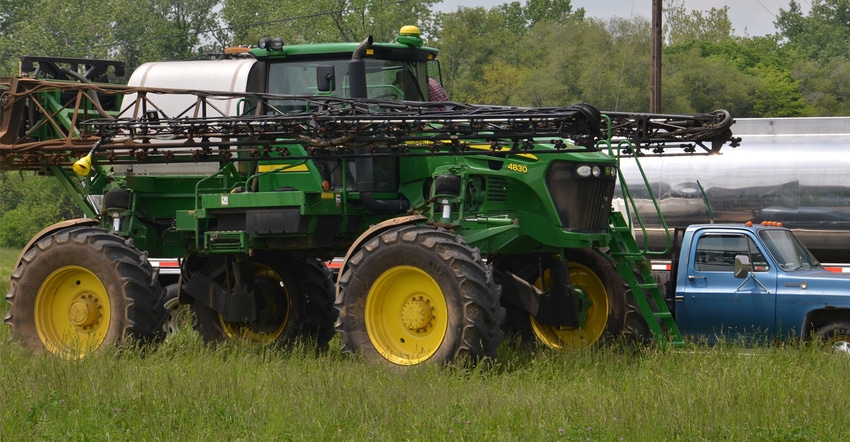
Anyone who shops for groceries knows the drill. For most products, you can buy a brand name that you recognize, or you can often buy a generic brand. Some large chains have their own generic brand names. The temptation for using the generic is usually cheaper price — sometimes much cheaper. Is the product the same, and will you get the same results?
The analogy carries over to herbicides, and the questions are similar. Here are six questions you may want to ask before finalizing your herbicide choices. Bill Johnson, Purdue University Extension weed control specialist, and Mark Loux, Ohio State University weed control specialist, provide answers.
1. Is the active ingredient the same in a generic product?
Yes, Johnson says. “That’s the definition of a generic product,” he notes.
2. Is the rate of active ingredient the same?
Again, yes, Johnson says. The rate of active ingredient specified to be applied per acre on the herbicide label for the generic product is usually the same as the rate of active ingredient applied per acre according to the label of the original product.
3. Will the product rate be the same?
Not necessarily, Johnson says. It can vary depending upon the formulation of the product. For example, suppose the active ingredient in Product A and Product B is the same. If the formulations of A and B are different, you may need to add either more or less of Product A to the tank to get the same rate of active ingredient as Product B at the labeled rate. Here’s where reading the label becomes crucial.
4. Will adjuvant recommendations be the same for both the original product and generic versions?
Again, not necessarily, Johnson says. For various reasons, including differences in formulations, the manufacturers may make different recommendations about which adjuvants to apply with their herbicide, even if the active ingredient is the same.
5. How many generics can there be for one active ingredient?
Although the answer isn’t scientific, it’s "lots and lots," Loux says. You may recognize the name of the original product and maybe even one or two popular generics, but there may be other generics you are not familiar with. Maybe your chemical dealer hasn’t handled that particular product.
Loux points to fomesafen, a herbicide active ingredient, as an example. You’ve probably heard of Flexstar or Reflex. However, you may not be familiar with other brands of fomesafen, such as Dawn, Rhythm and Sinister.
6. Are generic herbicides available for glufosinate?
Yes, Johnson says. Glufosinate is marketed as Liberty by Bayer. However, glufosinate is also sold today as Cheetah from Nufarm and as Interline from UPI. According to the University of Arkansas, it’s also marketed as Finale and Rely. These last two brands are also sold by Bayer.
About the Author(s)
You May Also Like




